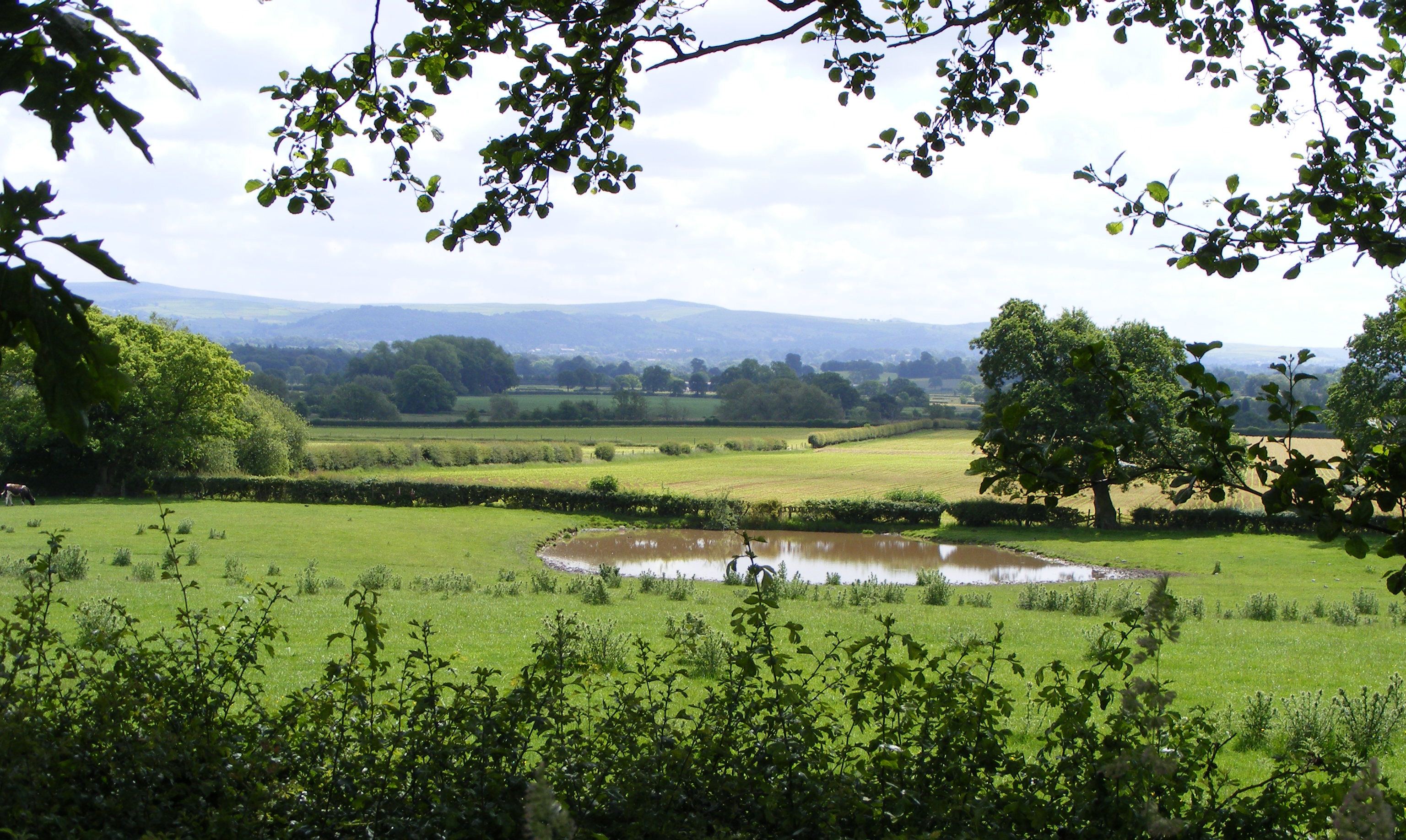Green Belt – New Guidance
Communities Secretary Eric Pickles and Housing and Planning Minister Brandon Lewis said that thousands of brownfield sites are available for development and should be prioritised.
New guidance, published on Monday 6th October 2015, reaffirms how councils should use their Local Plan, drawing on protections in the National Planning Policy Framework, to safeguard their local area against urban sprawl and protect the green lungs around towns and cities.
The guidance explains, that once established, Green Belt boundaries should only be altered in exceptional cases, through the preparation or review of the Local Plan.
It also states that housing need (including for traveller sites) does not justify the harm done to the Green Belt by inappropriate development.
New measures will reinforce the action taken by the government since 2010 to protect the Green Belt. This includes:
- abolishing the previous administration’s top-down regional strategies
- selling surplus brownfield land for redevelopment
- introducing more flexible planning rights so empty and underused buildings can be brought back into productive use
Local Plans are now at the heart of the reformed, democratic planning system, so councils can decide where development should and should not go in consultation with local people.
Eric Pickles said:
This government has been very clear that when planning for new buildings, protecting our precious green belt must be paramount. Local people don’t want to lose their countryside to urban sprawl, or see the vital green lungs around their towns and cities to unnecessary development.
Today’s guidance will ensure councils can meet their housing needs by prioritising brownfield sites, and fortify the green belt in their area.
Brandon Lewis said:
We have put Local Plans at the heart of the reformed, planning system, so councils and local people can now decide where development should and shouldn’t go.
Support for new housing is growing, because communities welcome development if it is built in the right place and does not ignore their needs. That’s why 230,000 planning permissions were granted by councils in the last year alone, while the most recent official statistics show that green belt development is at its lowest rate since modern records began in 1989.
Councils should consider how they will protect and preserve important sites in their area, especially green belt sites. Other considerations include:
- sites of special scientific interest
- areas of outstanding natural beauty
- heritage coastline
- national parks and the Broads
